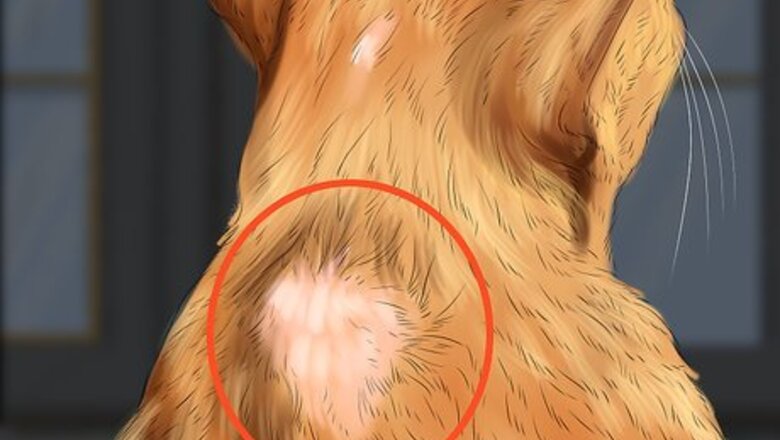
views
Inspecting Your Cat for Signs of Nutritional Deficiency
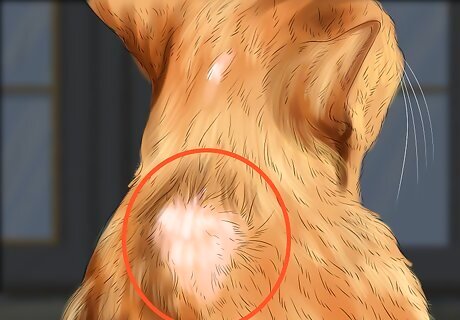
Search for missing patches of fur. Look over your cat for signs of missing fur. One of the first symptoms of malnutrition in cats is loss of fur, so bald spots signal that your cat may be missing something from its diet. If you’ve found a stray cat or adopted a cat, also check for dark fur patches. When a cat loses fur due to nutritional deficiency, it grows back darker. This can help you better understand your new cat’s health history. Even if it’s not a nutritional deficiency, it’s important that you get to the bottom of what’s causing your cat’s missing fur.
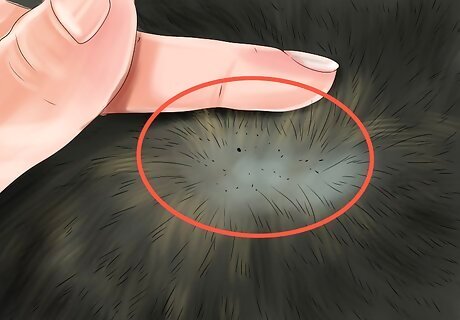
Look at your cat’s skin. While you’re petting your cat, part its fur to see if the skin is dry and scaly. Be sure to look at the skin all over your cat’s body, not just in one spot because it may have isolated patches of dry, scaly skin, especially if your cat is just starting to develop a nutritional deficiency.
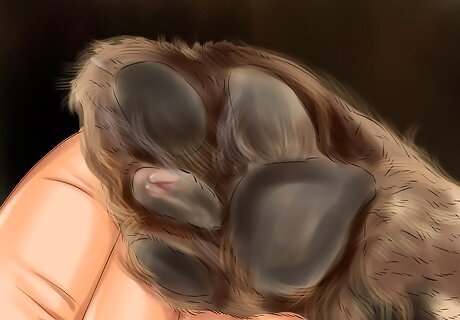
Check your cat’s claws. Cats with nutritional deficiencies may have caved in or concave claws, meaning that the claws will look hollow in the center. Hold your cat and gently press on its paw to push out its claws. Be careful not to hurt or stress your cat while you’re trying to check its claws. Be cautious when checking claws because you may get scratched. Consider wearing gloves to protect yourself. If your cat is a stray, you may want to hold off on checking its claws because it’s more likely to scratch you, and you don’t know its health history.
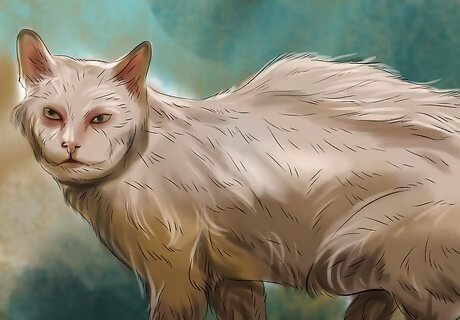
Watch your cat’s grooming habits. Cats with nutritional deficiencies will stop and reduce their grooming. If your cat is no longer licking its fur or has crusty patches because it hasn’t cleaned itself, then something is likely wrong.
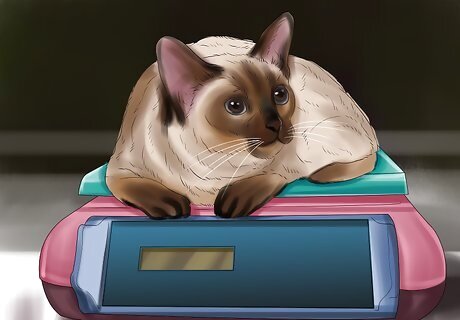
Weigh your cat. A nutritional deficiency is often linked to being underweight, so check to see if your cat has lost weight or falls under the healthy weight recommendation for its age and size. If you can’t weigh your cat, see if you can see and feel its ribs and joints. It’s normal to be able to feel the outline of a cat’s ribs, but if they’re pronounced and noticeable then the cat is likely underweight. You can also look up a body conditions score chart online to get an idea of whether or not your cat is underweight.
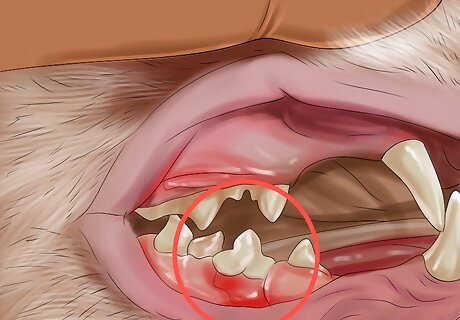
Check your cat’s gums. Use your finger to gently open your cat’s mouth and check its gums for swelling. Swollen gums will look puffy and red. Be careful not to put your finger all the way in its mouth because your cat may bite you. Try wearing gloves. If your cat is a stray, allow your vet and the trained technicians to check your new cat’s gums. They will want to check its teeth also, since stray cats can have damaged or broken teeth that require care.
Observing Your Cat’s Behavior

Check to see if your cat leaves food uneaten. If your cat’s food is unpalatable, it may not eat enough to meet its nutritional needs. Check the recommended feeding amounts to make sure that you aren’t overfeeding the cat before you determine that the food is unpalatable. Try a different brand of cat food if your cat doesn’t like what you’ve been feeding it. Since cats have different tastes than humans, feeding a cat human meals can lead to nutritional deficiency since your cat may not like the food.
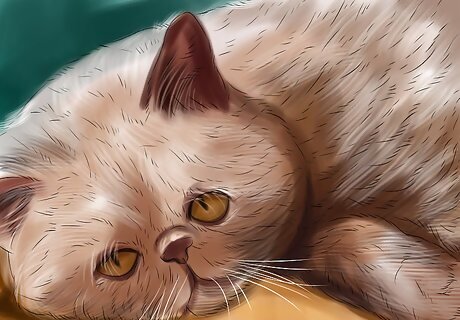
Notice if your cat is depressed. A lack of nutrients can affect your cat’s neurological processes. Additionally, your cat’s energy will be lower because it’s not getting enough vitamins and minerals to support its energy needs. A depressed cat will have behavioral changes, such as lacking interest in its normal activities and refusing to eat. It may also stop playing with its toys, its family, and the other pets. If your cat just sits still staring at one spot for most of the day, then it may be depressed. Your cat may also have neurotic behavior, such as getting confused or behaving erratically.
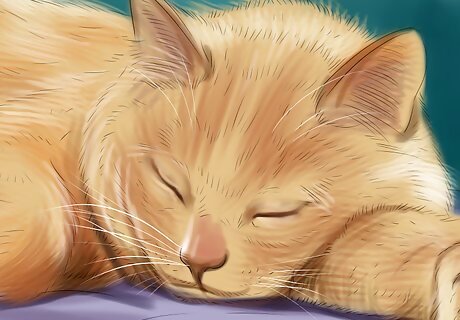
Watch for decreased activity. If your cat is not getting enough nutrients to sustain its activity needs, then fatigue and lethargy can set in. While cats sleep a lot, they also have active moments. If your cat is no longer having active moments or seems to have difficulty getting up, then it may be suffering from malnutrition.
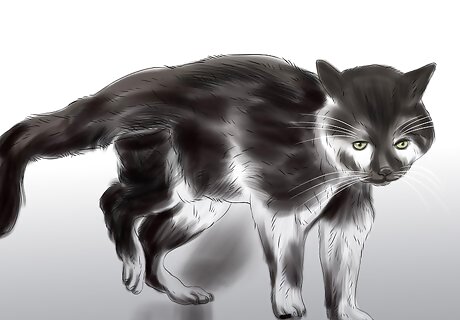
Look for muscle weakness. If your cat has a nutritional deficiency, its body will be unable to support healthy muscles or the activity needed to keep them. The cat’s muscles will be lean, and your cat will be unable to run and jump like a healthy cat can. Watch your cat walk to check for an uneven gait, circling, falling, or bad coordination, which all suggest issues with malnutrition and muscle health.
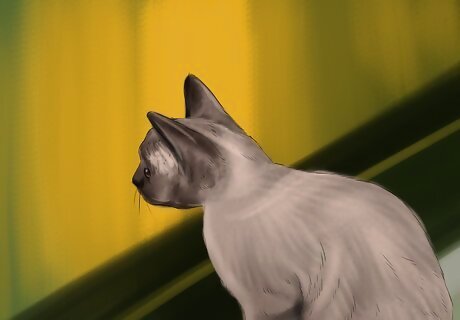
Notice if your cat appears to have trouble seeing. Failing eyesight can occur in cats that suffer from malnutrition. Your cat may begin bumping into furniture or may have trouble finding its way around the house.
Checking Your Cat’s Health
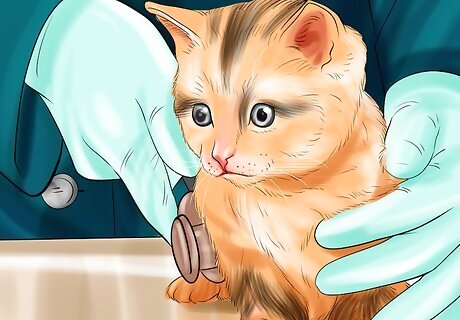
Take your cat to the vet. Your vet can tell you if your cat has a nutritional deficiency or if it’s suffering from another issue. If your cat does suffer from malnutrition, then your vet can help determine why and can recommend a plan to help your cat, such as changing its food or adding a supplement. Taking your cat to the vet is especially important if you’ve taken in a stray cat. The vet can give you more information about the health issues your stray cat faces and can test for issues like Feline Immunodeficiency Virus (FIV) and feline leukemia, which is essential if you’re going to let your new cat be around other cats. The vet can also update your cat’s shots.
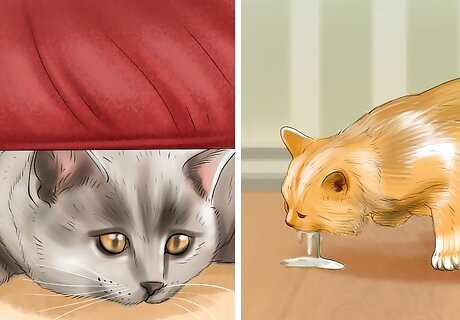
Notice if your cat gets sick often. Cats who aren’t getting enough nutrients will easily become ill because its immune system will not be able to put up a defense. Sick cats may hide or be hunched over. A sick cat may either eat and drink less or eat and drink more than when it’s healthy. Your cat may also be vomiting or acting confused. Your cat could also start coughing.
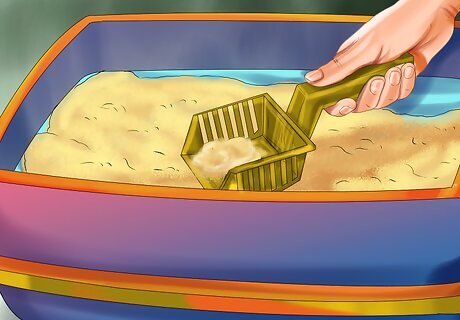
Check your cat’s litter box. Nutritional deficiency can cause both diarrhea and hard stool, so either can be a cause for concern. Don’t assume the worst if your cat has only had one incidence of diarrhea or hard stool, but if most of its waste is affected, then your cat may have an issue.
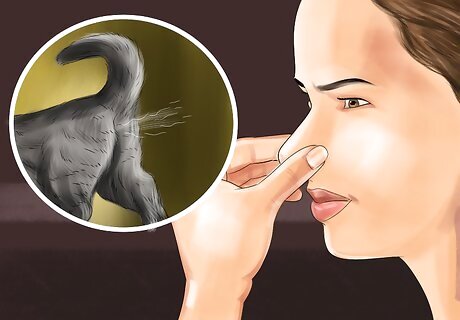
Notice if your cat passes gas. Excessive flatulence (farting) can signal that something is wrong with your cat’s diet. While it could be a result of changing your cat’s food, excessive flatulence can also be caused by a nutritional deficiency. If your cat has become very smelly to be around, then check to make sure that it’s getting proper nutrition.


















Comments
0 comment